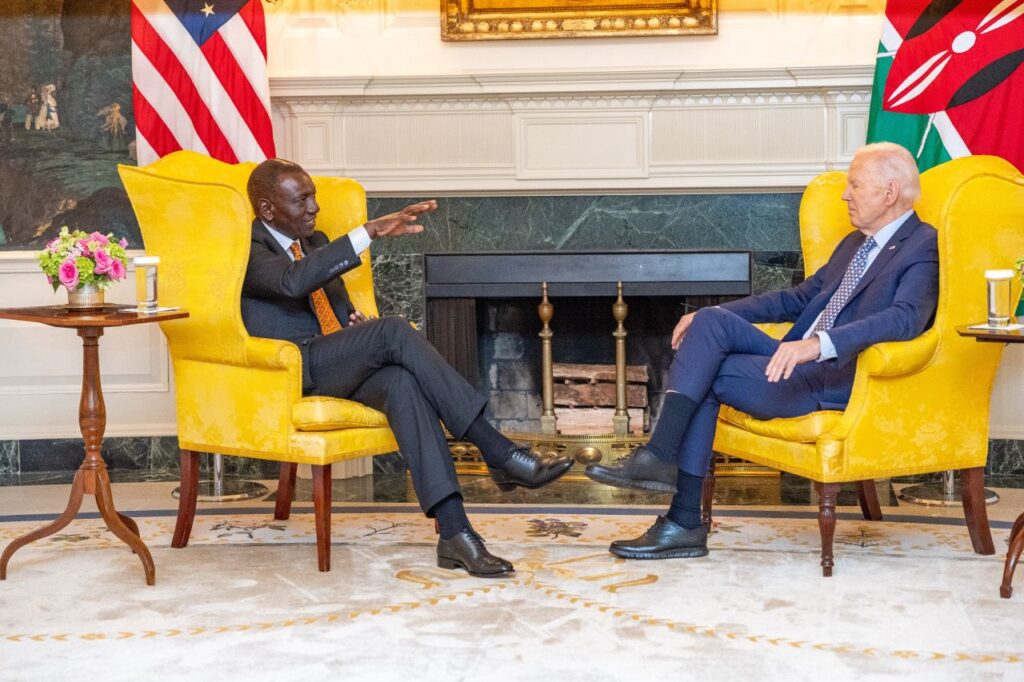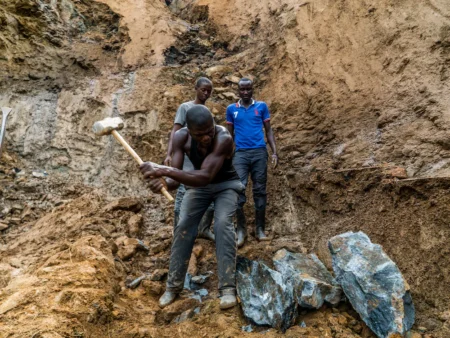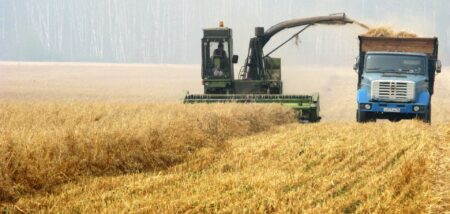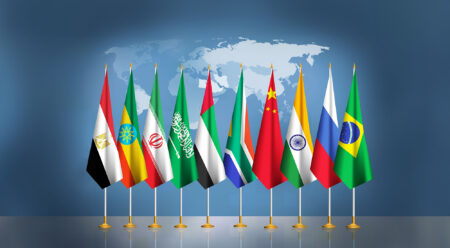- In the first three months of this year, Asia remained the leading source of Kenya’s imports accounting for goods worth $3.4 billion, as the country’s import bill closed the quarter at $5.4 billion.
- Kenyan traders and government imported goods worth $990.2 million from China, data by the Kenya National Bureau of Statistics (KNBS) shows, making it the biggest import source by country.
- Unlike his predecessors, President Ruto is seen to lean more towards the West as he seeks financing and trade cooperation.
Kenya’s imports from Asian countries including China
China and India remained the top exporters to Kenya in the first quarter of this year, leading other Far East nations in retaining a firm grip on the East African economic powerhouse’s trade and investment space, which they have dominated for over a decade.
This trend continues despite President William Ruto’s heightened charm offensive to economies from the West, which is a policy U-turn from his predecessors Uhuru Kenyatta and Mwai Kibaki.
In the first three months of this year, Asia remained the leading source of Kenya’s imports, accounting for goods worth $3.4 billion, as the country’s import bill closed the quarter at $5.4 billion. Kenyan traders and government imported goods worth $990.2 million from China, data by the Kenya National Bureau of Statistics (KNBS) shows, making it the biggest import source by country.
Key commodities that China exports to Kenya include assorted machinery and equipment, organic chemicals, pharmaceuticals products, knitted or crocheted fabric, clothe and footwear, ceramic products, iron and steel, electrical and electronic equipment, railway components, among others.
India was the second biggest source after China, with Kenya importing goods worth $556 million from the country, which has in recent times recorded one of the strongest growths in the globe. According to the World GDP Ranking 2024 list, India is the fifth largest economy in the world.
Main Indian exports to Kenya were a range of petroleum products, pharmaceuticals, steel products, machinery, yarn, vehicles and power transmission equipment.
The United Arab Emirates, a key source for petroleum products came in third with Nairobi spending $527 million to import goods from the Middle East country.
Other top import sources were Malaysia, a top source for palm oil used in the cooking oil manufacturing industry, the US, Oman, Japan, South Africa, Belgium, and neighbouring Tanzania where main imports are food commodities.
By regions, Middle East was the second biggest exporter to Kenya with goods worth $990.7 million, followed by Europe ($835.8 million), Africa ($565.3 million) while imports from America, including Canada, Brazil and other countries were valued at $511.9 million).
Read also: China Tops Kenya’s Bilateral Loans With Massive $7.2 billion
International merchandise trade
During the period, the volume of trade amounted to $7.7 billion, amid an increase of 28 per cent and 16 per cent in total exports and imports, respectively. “Albeit the growth in the volume of trade, the trade deficit worsened from KSh 357.0 billion ($2.8 billion) in the first quarter of 2023 to KSh 386.1 billion ($3 billion) in the quarter under review,” KNBS said in its report.
There was increased expenditure on petroleum products and industrial machinery imports which rose by 16.3 per cent and 32.0 per cent, respectively. Similarly, there was a notable increase in imports of aircraft, associated equipment and parts.
On the contrary, expenditure on imported chemical fertilisers and unmilled wheat declined from $251.7 million and $210.9 million in the first quarter of 2023, to $76.1 million and $151.3 million in the first quarter of 2024, respectively.
Under the Broad Economic Category (BEC) classification, non-food industrial supplies continued to account for the largest share of import bill, with a share of 34.3 per cent in the first quarter of 2024.
Expenditure on commodities under fuel and lubricants category amounted to $1.4 billion, representing an increase of 19.3. per cent from the first quarter of 2023 to account for 25.4 per cent of total import bill in the review period.
Read also: Kenya eyes more Chinese investments as Ruto attends Belt and Road forum
Kenya’s largest export market
Trade Total exports in the first quarter of 2024 exhibited a growth of 28.0 per cent rising from $1.8 billion in the first quarter of 2023.
Africa remained the largest market for Kenya’s exports accounting for 38.3 per cent of total export earnings in the quarter under review. This was supported by increase in exports to Egypt (45.7 per cent), Democratic Republic of Congo (56.0 per cent), Tanzania (18.0 per cent), Uganda (7.4 per cent) and South Sudan (25.7 per cent).
Notably, there was increased domestic exports of tea to Egypt, wheat flour to Democratic Republic of Congo; carboys, bottles, flasks and similar articles to Uganda, household or laundry-type washing machines to South Sudan, and re-exports of kerosene type jet fuel to Tanzania.
During the first quarter of 2024, revenue from exports to Asia and parts of Middle East were valued at $334.8 million, representing an increase of 76.4 per cent from the first quarter of 2023.
“The improvement was primarily on account of increased exports to Saudi Arabia and United Arab Emirates, which more than tripled and doubled, respectively. Specifically, there was increased domestic exports of tea to Saudi Arabia, goat meat to United Arab Emirates; and re-exports of kerosene type jet fuel to these two countries,” KNBS said.
On the contrary, exports to Iran declined by 45.5 per cent, resulting from decreased exports of tea to this destination.
In Western Europe, earnings from exports to the European Union (EU) went up by 39.9 per cent in the quarter under review compared to the first quarter of 2023.
The growth was largely driven by increase in domestic exports of cut flowers and avocados; and re- exports of kerosene type jet fuel to the Netherlands.
Similarly, revenue from exports to the United Kingdom rose from $105.8 million in the first quarter of 2023 to $148.9 million in the first quarter of 2024, on account of increased domestic exports of tea and cut flowers to this country.
During the review period, exports to America amounted to $185 million, reflecting an increase of 46.7 per cent from the first quarter of 2023. Remarkably, there was increased re-exports of kerosene type jet fuel to the United States of America, which ultimately boosted the foreign exchange earnings from this region.
Read also: Beijing tightens China-Africa grip as trade rivals US, Russia seek bigger slice
China grip in Kenya
China and India entrenched their presence in the country with intense economic diplomacy that started with President Mwai Kibaki’s election in 2002.
Former President Uhuru Kenyatta’s administration also had a more of “look East policy”, and it was during his time that China made major inroads into Kenya with big-ticket contracts in infrastructure, led by the Standard Gage Railway.
The Mombasa-Nairobi phase of the SGR cost $2.7 billion, the extension to Naivasha costs $1.2 billion and the final phase expected to connect the SGR to Uganda, at the Malaba border, is projected to cost $2.9 billion.
President Xi Jinping’s government has also been keen on other infrastructure developments and investments in Kenya and other African countries, including ports development, road construction, among others under the Belt and Road Initiative (BRI).
The BRI forms a central component of Xi Jinping’s country diplomacy strategy, which calls for China to assume a greater leadership role in global affairs in accordance with its rising power and status.
The investments from China have however come with heavy funding that has seen African countries remain indebted to the Far East nation.
Kenya owes China $7.2 billion in loans making it the leading lender by country rankings.
China Eximbank has financed a large number of key projects in the fields of transportation, clean energy, telecommunication and vocational education, as it remains the third biggest overall lender.
This is after the World Bank, whose credit line to Kenya is currently at an estimated $14.1 billion and Eurobonds, where the outstanding amount is at $7.3 billion, with maturities stretching to 2048.
The country’s total debt stood at $81.5 billion as of March, comprising $40.8 billion external borrowing, Central Bank of Kenya data shows, almost equal to what has been borrowed from the domestic market.
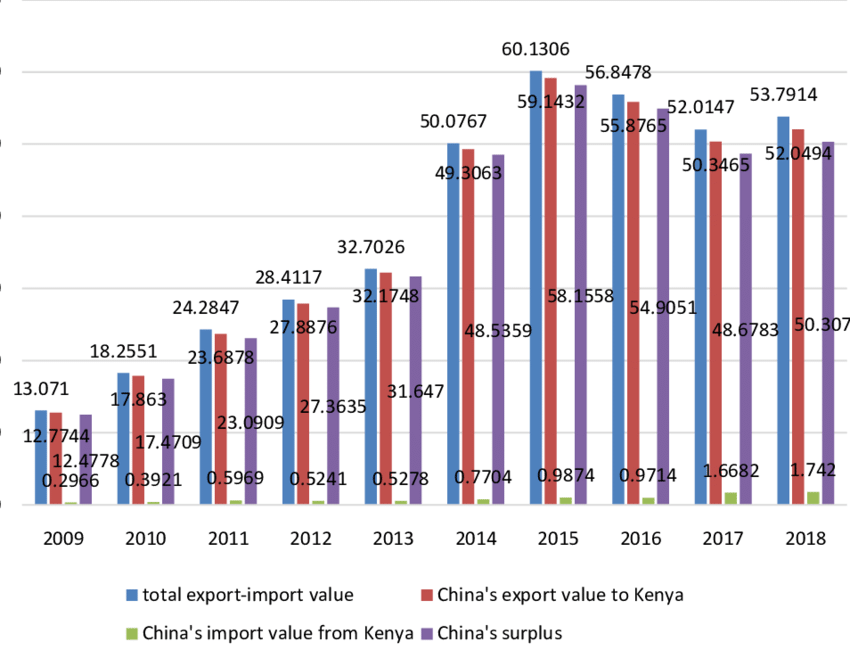
Ruto charm offensive to the West
Unlike his predecessors, President Ruto is seen to lean more towards the West as he seeks financing and trade cooperation.
This is evidenced by the number of international visits and key meetings he had held with global leaders, with the major one so far being the May State visit to the US, where he held talks with Joe Bidden.
The US President designated Kenya as a “major non-NATO ally”, making it the first sub-Saharan African nation to receive the designation.
This was first state visit in 16 years by an African president, with trip strengthening US-Kenya relations, which have suffered recent setbacks due to security realignment in West Africa.
Major US companies have also warmed up to Kenya with key investments announced in recent years, as they seek to muscle out Chinese firms which have had a firm grip on the country. It is estimated Ruto’s visit, which also involved private sector players, attracted investments worth $7.8 billion.
This includes construction of the 440-kilometre Nairobi-Mombasa Expressway, where the government signed a $3.6 billion deal with American firm Everstrong Capital, for development of the project.
Kenya is also pushing for a Strategic Trade and Investment (STIP) deal with the expected to be in place by November. It has also started benefiting from the Economic Partnership Agreement with the European Union, which came into force this month.
EU-Kenya Economic Partnership Agreement (EPA) preserves unrestricted access of Kenyan goods to the European bloc except for arms, while also gradually opening up the market for European products. It gives Kenya’s exports duty-free quota-free access to the 27-member European Union market.
While President Ruto is seen to lean more towards the west, he is also keen not to lose touch with the Far East, where he maintains relations with China, Korea and India.
Read also: Kenya-US relations: President Ruto’s intentions vis-à-vis the Look East Policy





